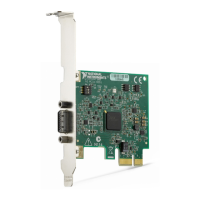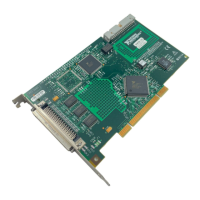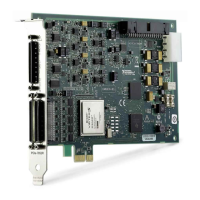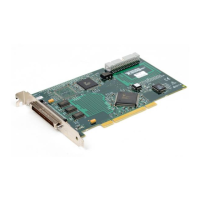Chapter 2 Device Overview
© National Instruments Corporation 2-11 NI 660x User Manual
Note For best performance, minimize power-off periods for the OCXO.
The OCXO is calibrated to within 0.1 Hz of 10.000000 MHz prior to
shipment. Table 2-2 shows additional change in stable frequency that
occurs over time. A change in stable frequency of approximately 45 ppb
occurs after the first year of normal use.
For example, if the OCXO has a perfect stable frequency of 10 MHz after
warm-up, after the first 10 days of operation, the stable frequency drifts
11.25 ppb. During the next 50 days of operation, this frequency will drift
an additional 11.25 ppb, thus making the total drift caused by aging to be
22.5 ppb. After 365 days, drift will be 45 ppb. If you calibrate the OCXO
after 365 days of operation to restore the stable frequency to a perfect
10 MHz, the drift during the first 10 days following calibration
(days 366–375) will now be 5.63 ppb—the stable frequency in this case
will be 10 MHz ± 5.63 ppb after 375 days of operation. Calibration does
not affect the drift in frequency; it only changes the stable frequency.
Table 2-2. Change in Stable Frequency over Time
Days of Operation
Additional Change in
Stable Frequency (ppb)
0–10 11.25
11–60 11.25
61–200 11.25
201–365 11.25
366–375 5.63
376–425 5.63
426–565 5.63
566–730 5.63
731–740 2.82
741–790 2.82

